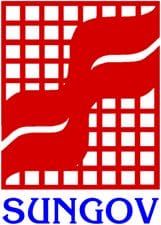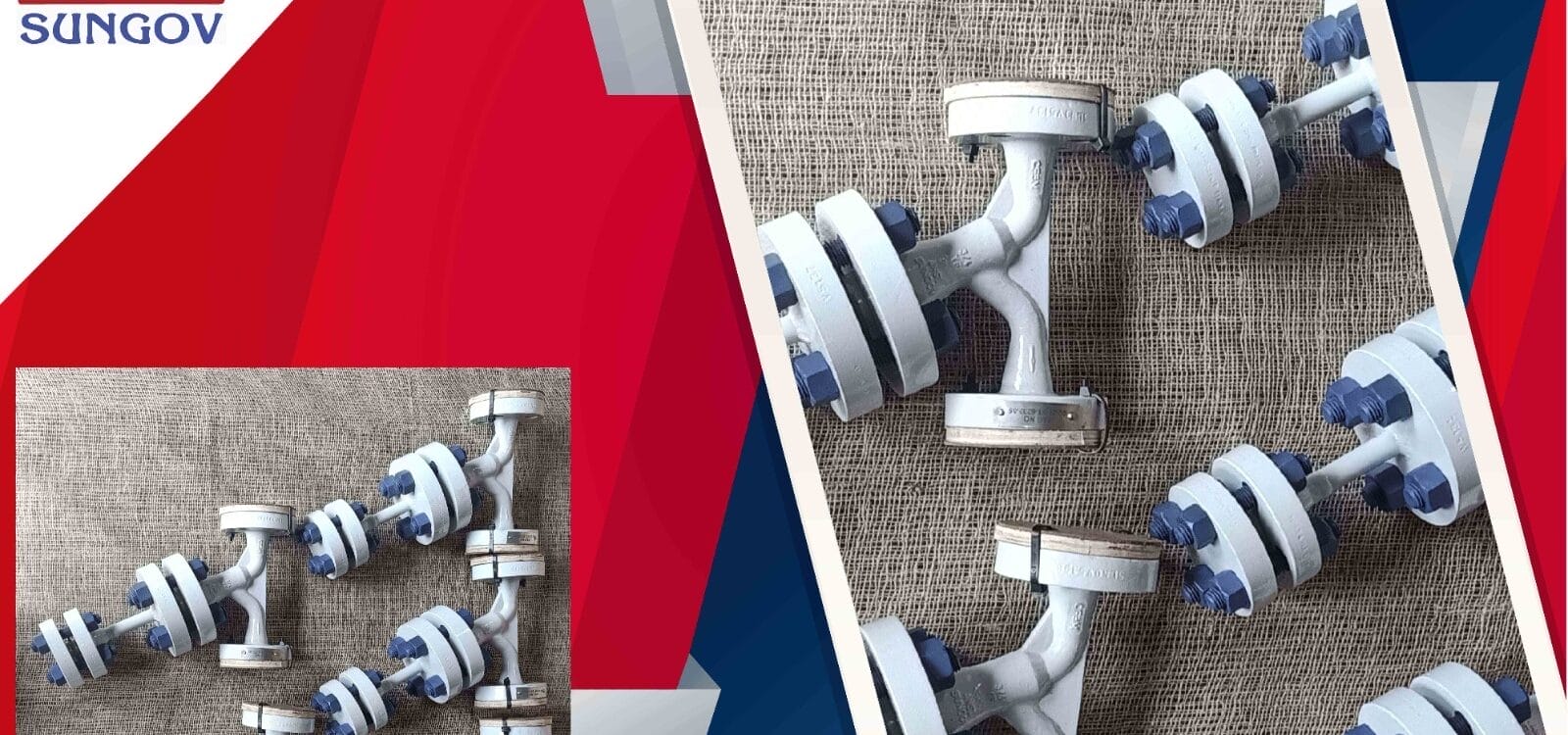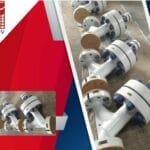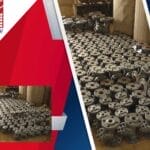Y-strainers play a crucial role in fluid systems. They serve as mechanical filters that are designed to remove unwanted debris and particles from the flowing fluid. The primary purpose of Y-strainers is to protect downstream equipment and components from potential damage caused by contaminants present in the fluid. They are specifically designed to capture and remove solid particles, such as rust, scale, debris, and other contaminants, from the fluid stream. These particles can enter the system through various means, including pipe corrosion, equipment wear and tear, or external factors.
What is the purpose of Y-strainers in fluid systems and why is it important to have Y-strainers to prevent debris and particles from damaging downstream equipment?
Downstream equipment, such as pumps, valves, heat exchangers, and meters, are highly sensitive to the presence of debris and particles. These components often have tight tolerances and delicate surfaces that can be easily damaged. Y-strainers act as a protective barrier, preventing these contaminants from reaching and harming critical equipment.
For the efficient operation of industrial processes, there is a need for uninterrupted fluid flow. The advantage of a Y-strainer is that you can help maintain consistent flow rates and pressure levels by preventing blockages and disruptions caused by debris. This, in turn, ensures that the system operates at its designed capacity and efficiency.
Not only that, regular maintenance to clean and replace damaged components can be expensive and time-consuming. Y-strainers act as a cost-effective solution by capturing contaminants before they reach critical equipment, minimizing the need for extensive maintenance and repairs.
What are the factors to consider when determining the size of Y-strainer needed?
Flow Rate:
The primary factor is the anticipated flow rate of the fluid. Calculating the flow rate helps in selecting a Y-strainer with the appropriate capacity to handle the volume without causing excessive pressure drop.
Pipe Size:
The Y-strainer should match the size of the pipeline it is installed in. Choosing the right size ensures a proper fit and allows for optimal performance without impeding the flow of the fluid.
Pressure Drop Tolerance:
Different Y-strainers may have varying pressure drop characteristics. It’s essential to consider the acceptable level of pressure drop in the system and select a Y-strainer that meets these requirements.
Type of Contaminants:
The size of the straining element or mesh is determined by the type and size of contaminants expected in the fluid. Understanding the nature of the particles to be filtered helps in selecting an appropriate mesh size.
Maintenance Frequency:
If minimizing maintenance downtime is a priority, choosing a larger Y-strainer can reduce the frequency of cleaning or replacement, especially in applications with a higher likelihood of debris accumulation.
Installation Location:
Consider the physical space where you need to install the Y-strainer. Ensure that the selected size fits comfortably in the available space and allows for easy access during maintenance.
Sungov Engineering recognizes the significance of effective industrial filtration. Leveraging the benefits of Y strainers enables companies to elevate their filtration performance, opening doors to operational success. Embrace the potential of Y strainers and witness the substantial advantages they offer in industrial filtration. Contact our engineers today to explore how we can support your specific processes.




